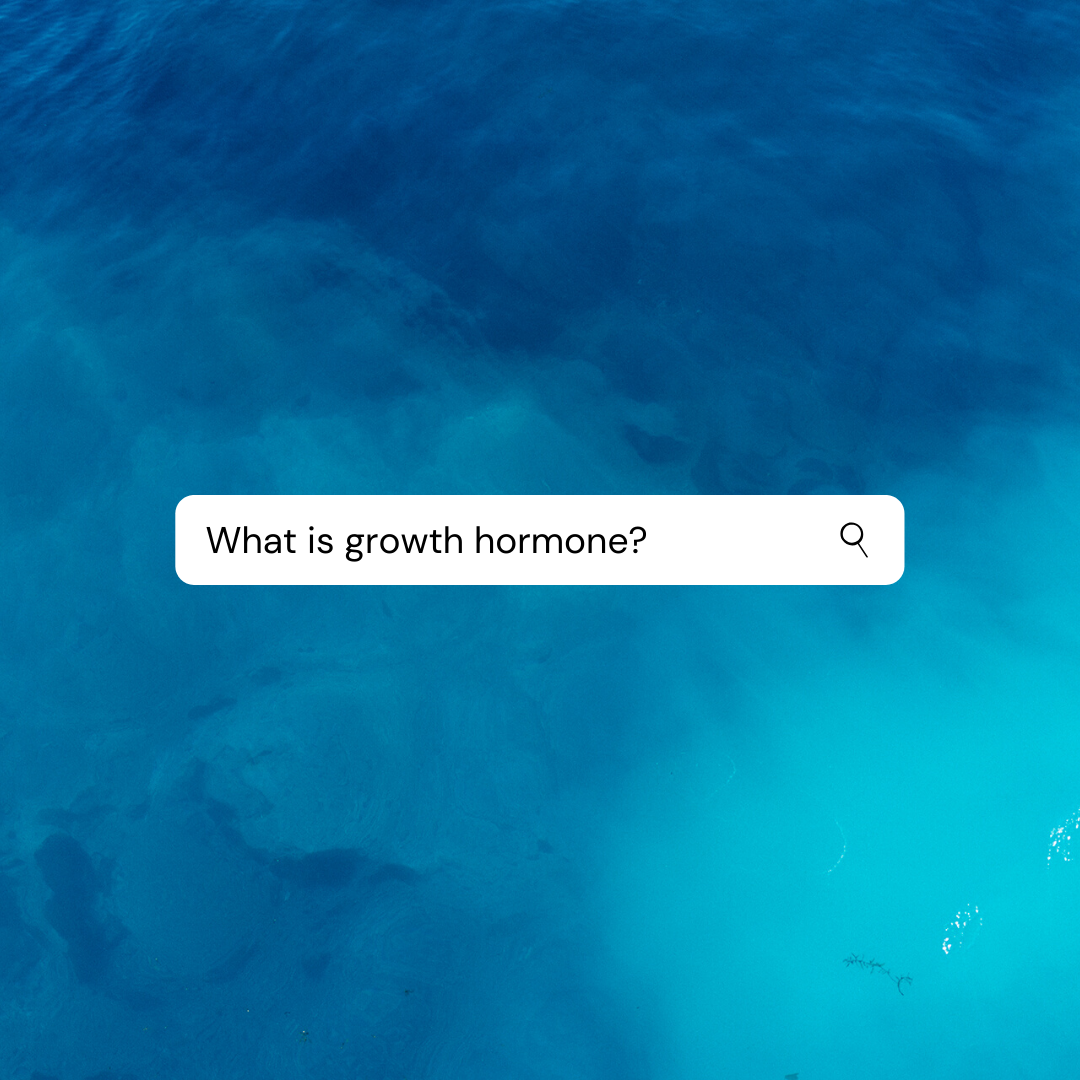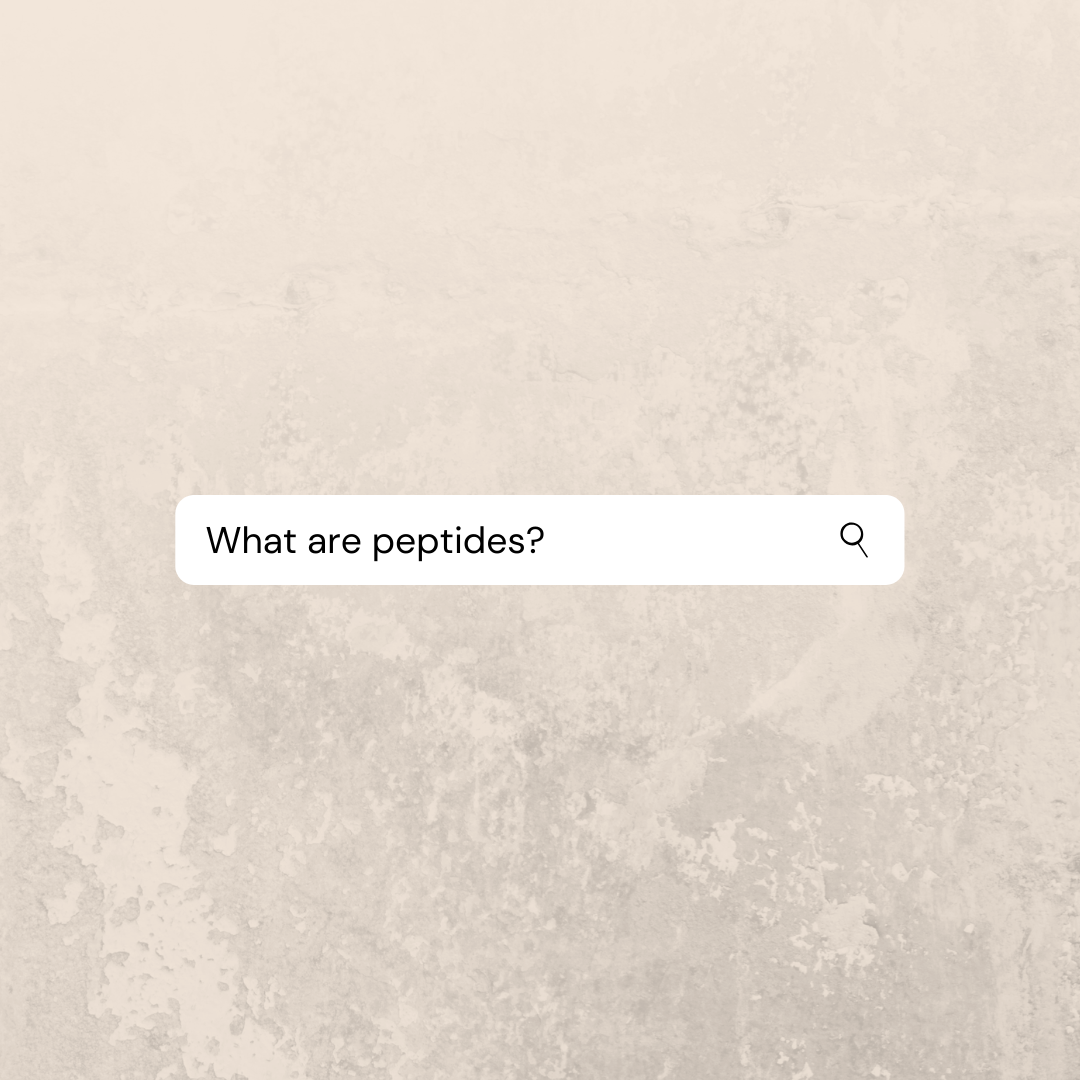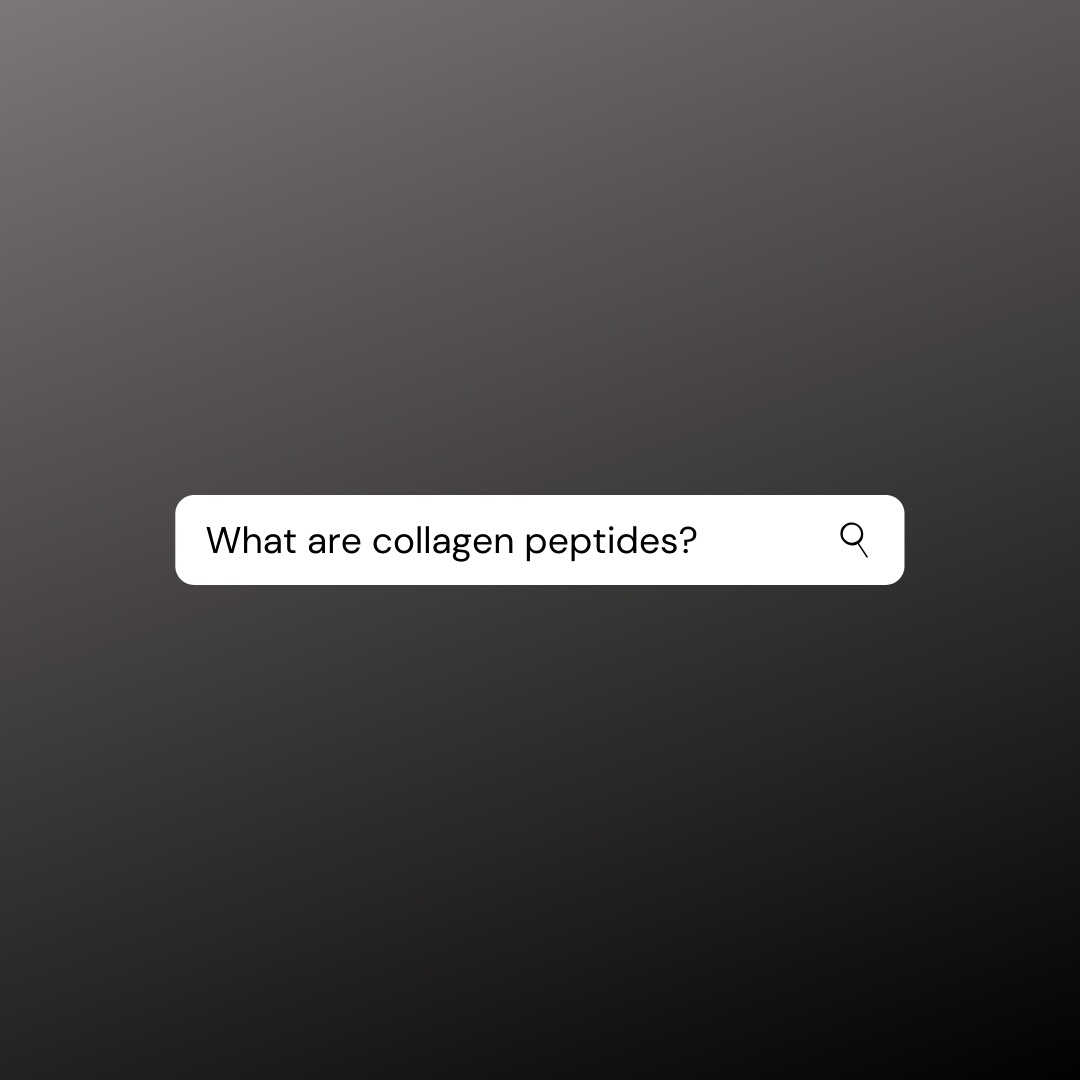What is testosterone?

What is testosterone?
Testosterone is one of the most important hormones in both men and women. Naturally men produce more testosterone than women. In men, testosterone is produced in the Leydig cells within the testicles. In women, testosterone is produced in the ovaries. A small amount of testosterone is produced in the adrenal glands of both men and women.
What does free testosterone do?
Testosterone is considered a sex hormone. It’s the hormone responsible for masculine characteristics. The more testosterone one has in their body, the more masculine their features will be. It’s no coincidence that boys start to look like men, at the time of puberty, when their testosterone levels start to rise. Testosterone is also responsible for a healthy libido in both men and women.
What are the symptoms of low free testosterone?
Testosterone levels usually peek around the age of 20 to 25 and typically start to decline after the age of 30. Some of the most common complaints associated with declining or low testosterone levels are : loss of muscle mass, increased body fat, decreased libido and mood, problems getting or maintaining an erection, loss of competitiveness, problems multitasking, difficulty focusing or concentrating, loss of self-confidence, irritability, slow to recover from an injury or illness, lack of benefit from working out, decrease in strength and endurance, loss of height and low energy.
What is the difference between testosterone and free testosterone?
Unfortunately, most physicians will only check total testosterone levels and that is usually after the patient requests their testosterone level be checked. The problem with that is; checking the total testosterone level tells you what the total level of testosterone is in the body but it does not tell you what the level is of testosterone in your body that is active or free. The majority of testosterone in the body is found by sex hormone binding globulin (SHBG). SHBG is a glycoprotein in our plasma which binds to testosterone and estrogen and is responsible for transporting these hormones throughout the body. Having too much SHBG can be a problem in that it causes one to have lower free testosterone levels. It’s called free testosterone because it is not bound by SHBG and is free to interact with testosterone receptor sites, making it active. We need a certain amount of SHBG to transport testosterone throughout the body. However, having too much SHBG is like having an Uber driver take you to work but then not letting you get out. This is the reason it’s important to check not only a total testosterone level but also a free testosterone level and sex hormone binding globulin (SHBG) level as well. There are a lot of people that will be symptomatic with low free testosterone. However, their Dr. only checked a total testosterone level and inform them that there “testosterone level” was normal. Now you know better.
Is free testosterone important?
Absolutely! If for some reason you were only able to check either a total testosterone level or free testosterone level. The free testosterone level is the most important. It gives you and your doctor the most actionable information. As I stated above, it’s the free testosterone that’s active and working in the body.
Having testosterone levels decline is a normal part of aging. However, one of the best ways to fight the aging process and symptoms of low testosterone is to maintain optimal testosterone levels through testosterone replacement therapy (TRT).
There are many health benefits to optimizing testosterone levels. However, TRT is not a one-dose-fits-all treatment and if done without expert guidance can lead to some serious health consequences. That’s why it’s important to see a physician that is a board-certified in testosterone replacement therapy (TRT) and not merely someone that calls themselves a “specialist” without having been thoroughly trained. As a board-certified physician specializing in testosterone optimization, it’s easy to safely fine-tune testosterone levels to ensure there at optimal levels for any given individual.
What his testosterone replacement therapy?
Testosterone replacement therapy or “TRT” is designed to augment or supplemental the body’s natural supply of testosterone back to an optimal physiologic level. The majority of time this allows the individual to return to their “old self” by relieving the signs and symptoms they were having from low testosterone.
Today testosterone replacement therapies (TRT) are available in many forms: topical gels or creams, patches, injections and pellet implants. It’s important to note that during treatment routine blood testing should be performed to ensure all blood values are within physiologic normals.
Want to learn more?
Be sure to check out the article: What is growth hormone.




